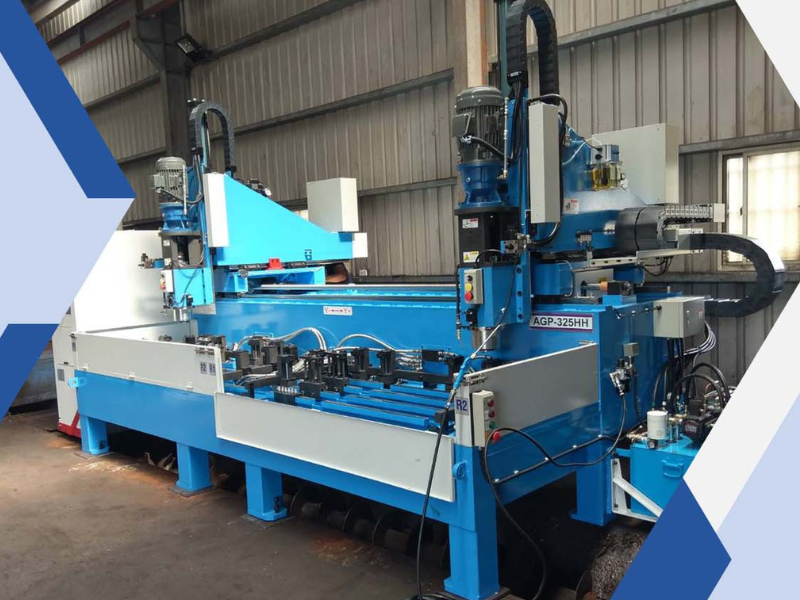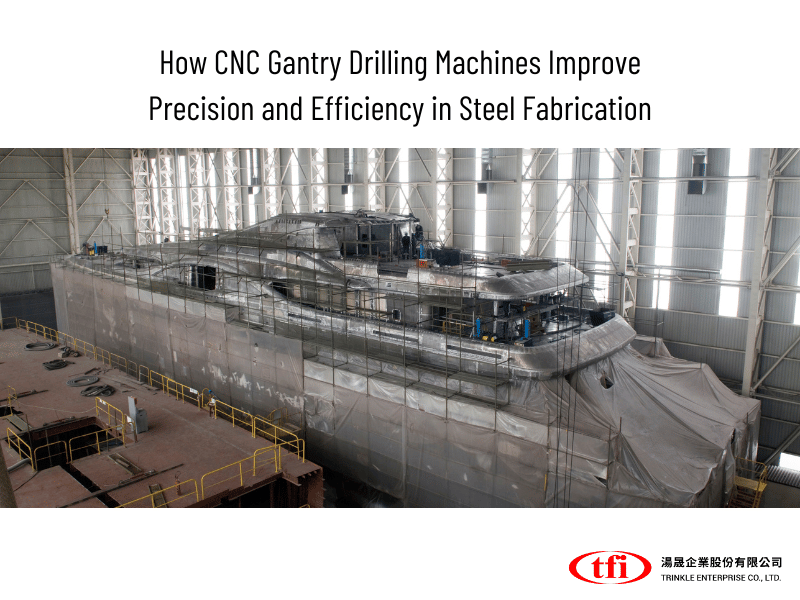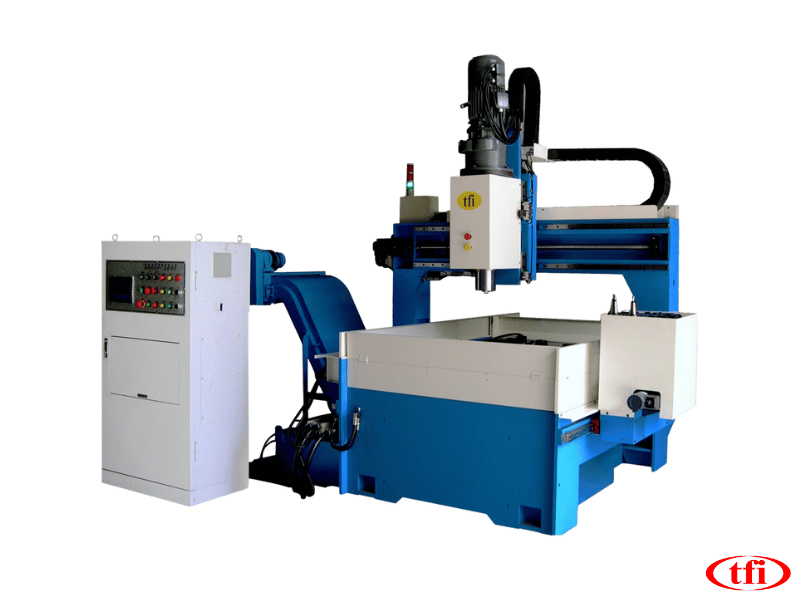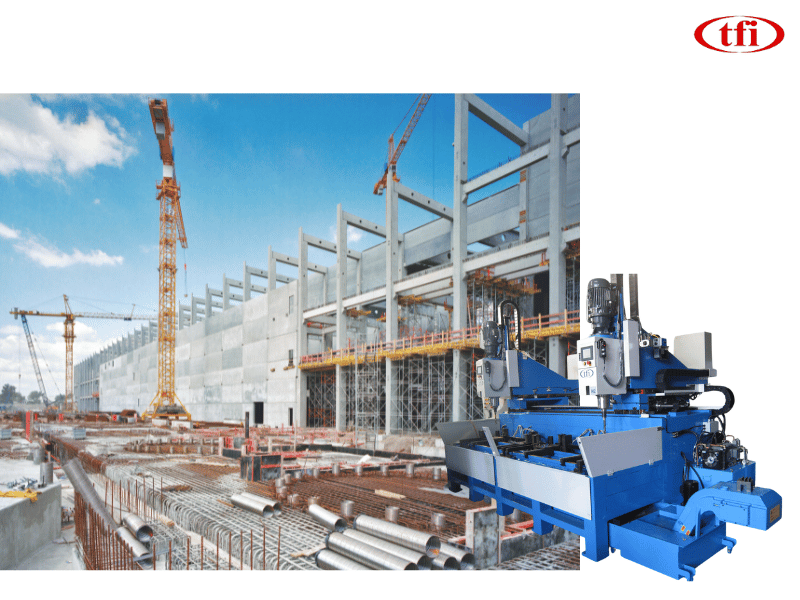

 News
NewsHow to Maintain Drilling Machine?

How to Maintain Drilling Machine?

How to Maintain Drilling Machine?
Drilling machines are among the most basic and precise machine tools. The drilling machine consists of a spindle that transmits rotational movement to the drilling tool, which drives it into the workpiece.
The primary function of the drilling machine is to bore holes. These devices are powered by robust motors and perform admirably. Use them for tasks that require accuracy and reliability.
But their fast advancement also makes them more vulnerable to malfunctions and mistakes. While it is impossible to eliminate the effects of wear and tear on a drilling machine, you can significantly reduce the rate at which it degrades with regular maintenance.
It's impressive to see a fleet of well-maintained, fully operational subsurface and land drilling equipment. These large machines, which can be used for the top and chuck-drive coring or as multi-purpose drills for everything from building to the quarrying, reveal the real digging potential of a given site.
However, keeping heavy rig equipment in peak operational condition can be challenging for operators and field management.
These machines are purpose-built for boring and digging into the ground. Thus, they experience a different range of vibrations, physical pressures, and wear and tear than other types of machinery. This requires a one-of-a-kind approach to preventative maintenance, including a stringent regimen of checks, washes, oils, and replacements of single-use components.
This means that machines with such a heavy workload require very little maintenance.
Meaning of Drilling Machine Maintenance
The term "drilling machine" refers to a machine used in a factory or a machine shop. Drilling machines are relatively easy to use, relatively inexpensive, and rather precise. The drill is rotated by a spindle, and the table, frame, and tool feeding mechanism complete the setup.
Because its primary use is in producing holes, it is classified as a special-purpose machine. On the other hand, it is capable and often used for tasks besides drilling.
"Drilling" refers to creating or widening a hole in an item by applying pressure to a revolving tool. Any tool capable of holding the drill while the work is rotated will do the job. Drilling on a lathe is the prototypical example of this category since the drill is contained in the tail stock while the chuck holds and rotates the workpiece.
After a hole has been drilled or cored, it can be bored to increase its size. Primarily, it entails using a single-point tool to correct the accuracy of a previously drilled hole. Using a boring tool requires a specialized holder for the drilling machine.
Procedures for Maintenance.
1. Regular lubrication checks
It is essential to lubricate all moving parts in your system. A drilling machine's useful life can be significantly lengthened by scheduling routine lubrication. Make sure the correct lubricant is being used as well.
2. Check for damage or deterioration.
Drilling equipment is particularly vulnerable to vibration, friction, heat, and shock damage. Regular inspections allow you to find worn or broken components and replace them before they cause any significant problems.
3. Make sure the machine is spotless.
Filters and seals are important in drilling equipment. Inspecting them regularly keeps them in good functioning order. To avoid creating a vacuum that could draw contaminants into the cab, filters should be changed routinely, and breathers should be cleaned. The workers who use the machine's holes should be checked and cleaned.
4. The drill bits need to be sharpened.
Drilling equipment with cutting, slicing, and sharp parts require regular sharpening. Damaged output and efficiency result from dull cutting tools.
The sharpness of a mechanical component affects the quality of the cut, which in turn is determined by the nature of the material being cut. Maintain the sharpness of all lathe tools, precision cutters, drill bits, and end bills.
5. Check the required alignment settings.
Multipart assemblies are used in drilling machines. When teams become unaligned, productivity plummets and alignment can be verified by doing a test run and taking measurements of the finished components. You will have to adjust the machine if the requirements are off.
6. All maintenance schedules and repairs are documented thoroughly.
Fluid levels, electrical systems, and track conditions are just a few components requiring regular inspections for maintenance. If you keep meticulous records, you can guarantee that you will always have the resources and replacement components you need to keep production moving smoothly.
Employee protection should also include keeping detailed maintenance records. With regular preventative servicing, machines experience far less downtime.
TFI Is Your Drilling Machine Maintenance
Engineers and other professionals who depend on drilling machinery need tools that can be counted on to perform reliably for an extended period without requiring extensive upkeep. TFI has a broad network in the drilling industry and can help you find long-term maintenance solutions for your drilling machines.
Whether you need steel structure drilling equipment, from portable magnetic drilling machines and CNC plate drilling machines to large bridge plate drilling machines, TFI can help with maintenance and spare parts. To further boost productivity, we also provide advice.
Our staff has extensive experience operating drilling machines in various settings. We provide a detailed instruction manual on optimizing your drilling machinery's performance. Contact our technical experts, and we'll get back to you as soon as possible.
FAQ:
1. What is drill preventive maintenance?
Check for cracked or damaged trunnion bolts. The drill's constant repeating vibration can become loose bolts and parts. Tighten them securely regularly. Examine the pawl, springs, and air tubes for wear over time.
2. How should a drilling machine be lubricated?
Fill both bearings with a generous amount of lightweight machine oil. Hand-fit the rear and front bearings onto the armature shaft's back, and front ends. Reassemble the drill by following the disassembly procedure in reverse.
3. How do you maintain a drilling machine?
Clean the drill after each use to avoid dirt buildup that causes the equipment to slow down. T-slots, grooves, belts, and pulleys should all be cleaned. Remember to remove the chips to avoid extra drill damage. To prevent corrosion, apply a light coat of paint to the drill's unpainted sections.
To learn more about milling head, contact TRINKLE today!


